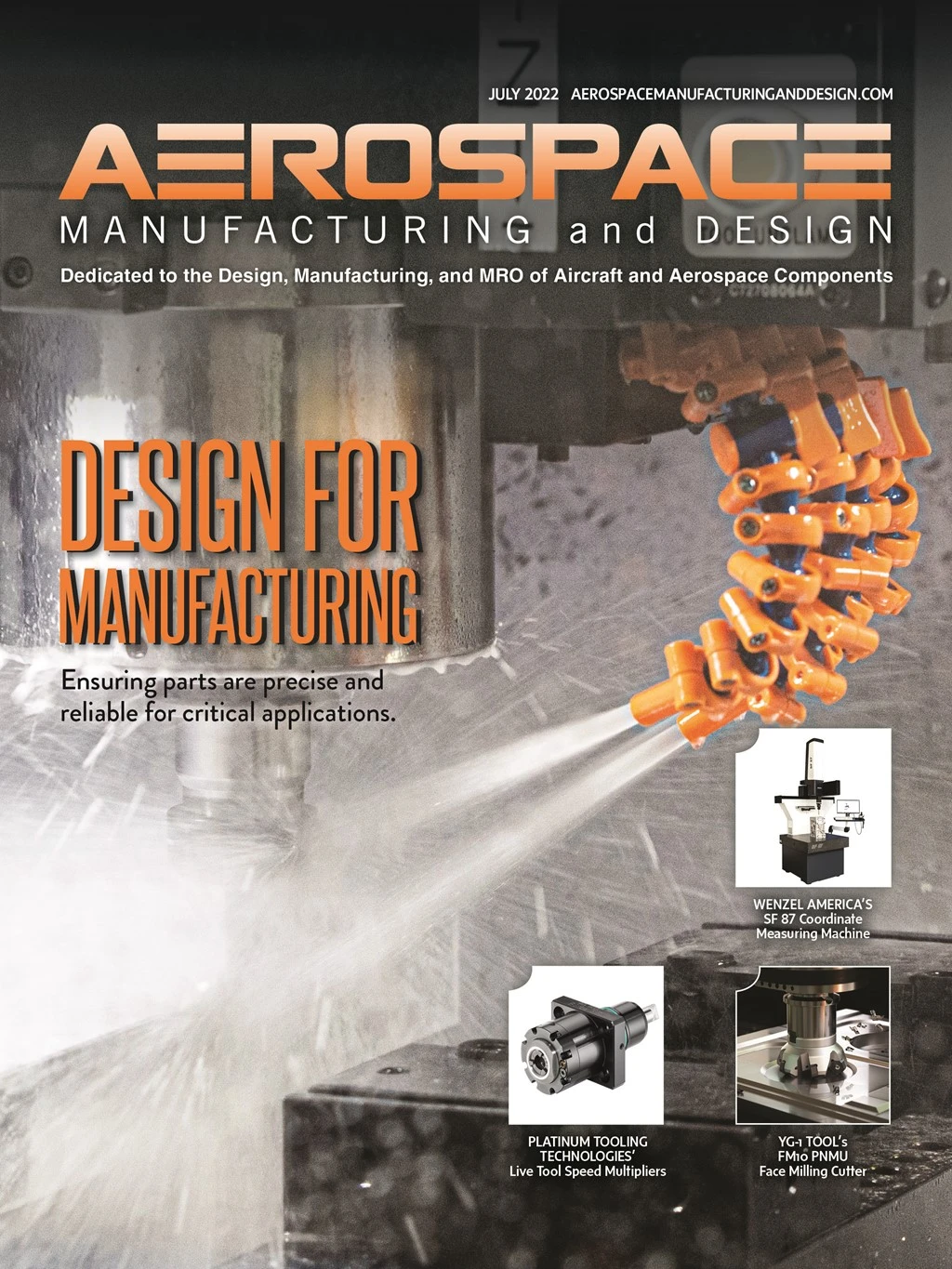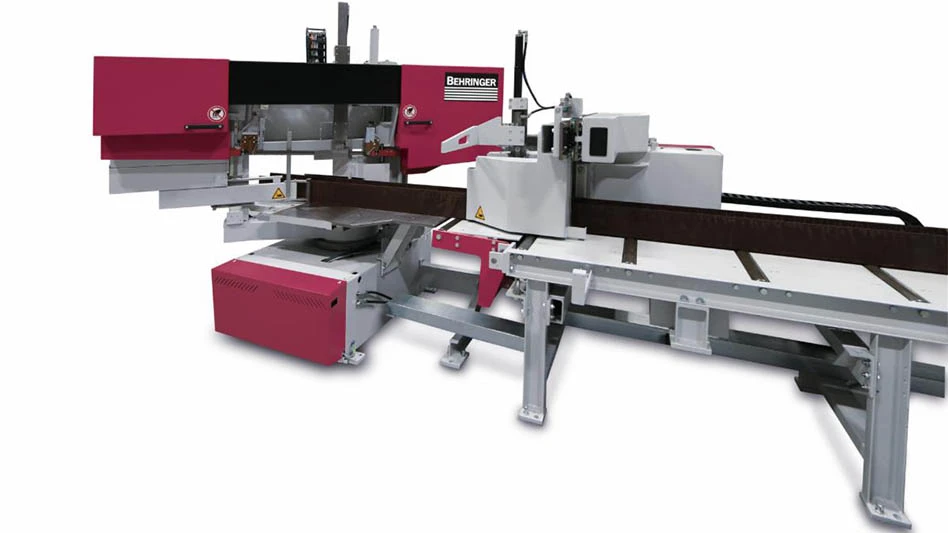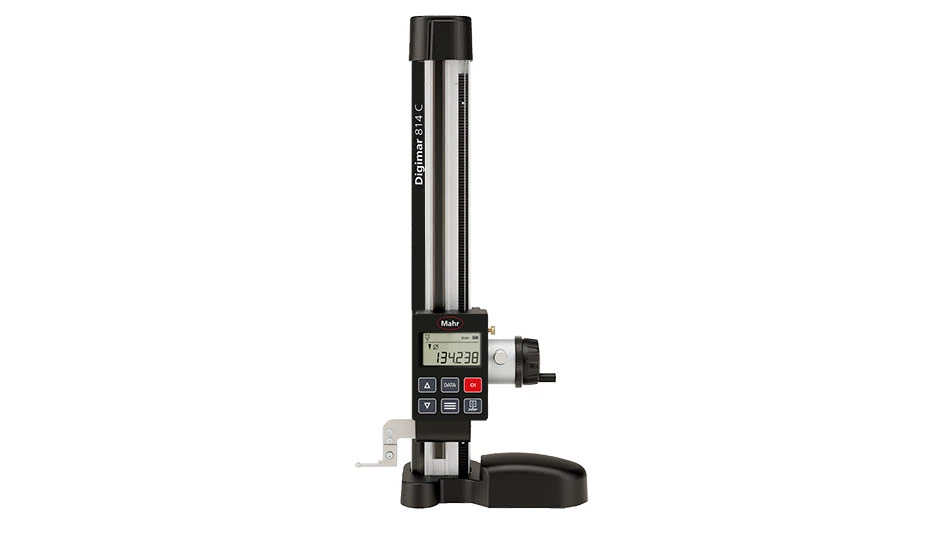
Researchers have developed how to fabricate oxidation-resistant thin copper films to potentially replace gold in semiconductor devices, bring down the latter’s manufacturing cost, reduce electrical consumption, and increase device lifespans with nanocircuitry.
Copper is the most used metal in electronics, but its life is limited by unwanted corrosion – surface oxidation – which can limit copper’s lifespan and increase its electrical resistance. Now, scientists from Pusan National University, Sungkyunkwan University, and Mississippi State University developed a new method to fabricate atomically flat single-crystal, copper thin films with semi-permanent oxidation-resistance, and revealed the mechanism behind the oxidation of copper.
The study was published in Nature.
Previous studies showed copper oxidation occurs due to microscopic multi-steps on the metal’s surface. These steps provide a source of copper adatoms (adsorbed atoms) interacting with oxygen and providing a place for oxides to grow. This is why single-crystalline copper resists oxidation.
“We used a method called atomic sputtering epitaxy to grow tightly coordinated flat single-crystal copper films. By using noise reduction systems to reduce electrical and mechanical noises, we were able to keep the copper surfaces nearly defect-free and fabricate atomically flat films,” Prof. Se-Young Jeong from Pusan National University explains.
The research team used high-resolution transmission electron microscopy to study the copper films. They found the film had an almost flat surface with occasional mono-atomic steps. They then compared the single-crystal copper films (SCCFs) with other copper films with higher surface roughness and found that unlike the other films, the SCCFs were oxidation-resistant – it’s very difficult for oxygen to penetrate the mono-atomic step edge.
The researchers then used a microscopic model of copper oxidation based on density functional theory to investigate how the SCCF interacts with oxygen. They found the SCCF’s surface was protected by oxygen itself, once 50% of its surface was covered with oxygen atoms. Additional absorption of oxygen atoms on the SCCF was suppressed by the high energy barrier the oxygen created.
“The novelty of our research lies in the realization of atomically flat surfaces, namely, surfaces that are flat on the atomic level, as well as an elucidation of the oxidation-resistance mechanism of ultraflat metals,” Jeong concludes.

Explore the July 2022 Issue
Check out more from this issue and find your next story to read.
Latest from Aerospace Manufacturing and Design
- Gleason Corp. acquires the Intra Group of Companies
- Thread milling cutter reduces cutting pressure, vibration
- Malaysia Aviation Group orders 20 more Airbus A330neo widebodies
- More displacement from space-tested piezo actuators
- Textron Aviation to bring its largest-ever lineup to 2025 EAA AirVenture
- Qualified materials for 3D-printing mission-critical applications
- #69 Manufacturing Matters - Shopfloor Connectivity Roundtable with Renishaw and SMW Autoblok
- Demystifying Controlled Unclassified Information (CUI)





